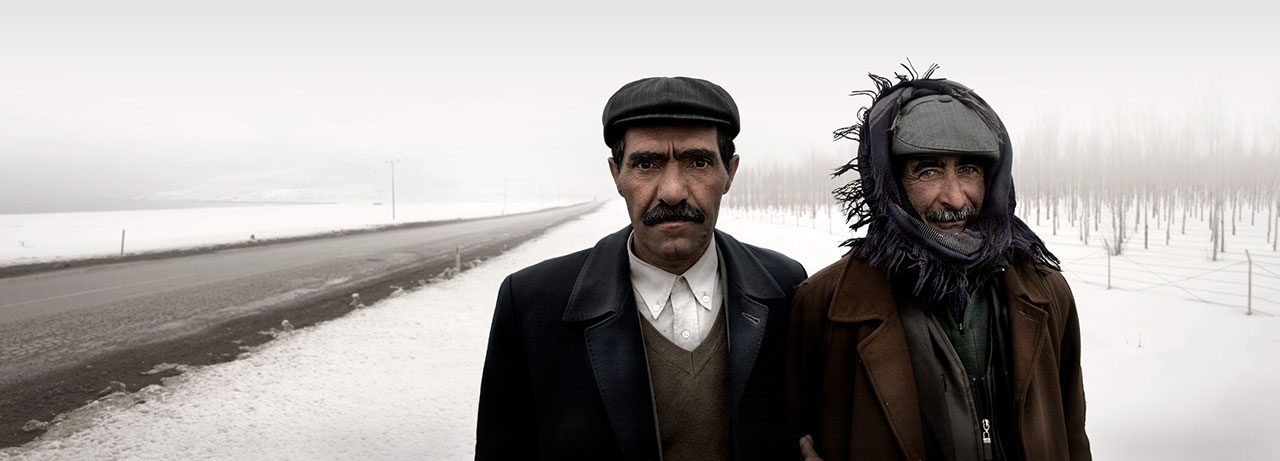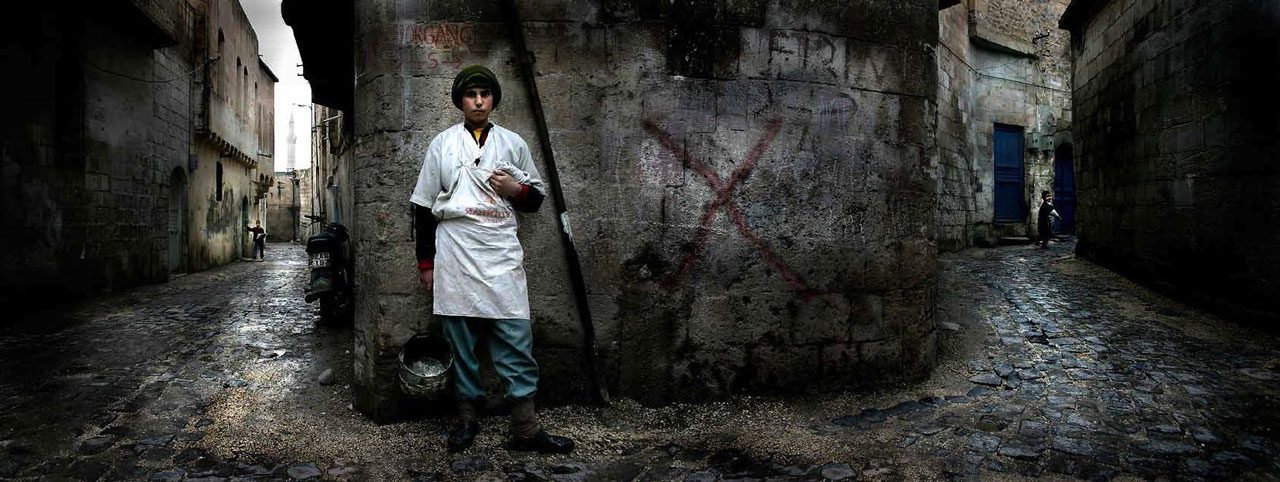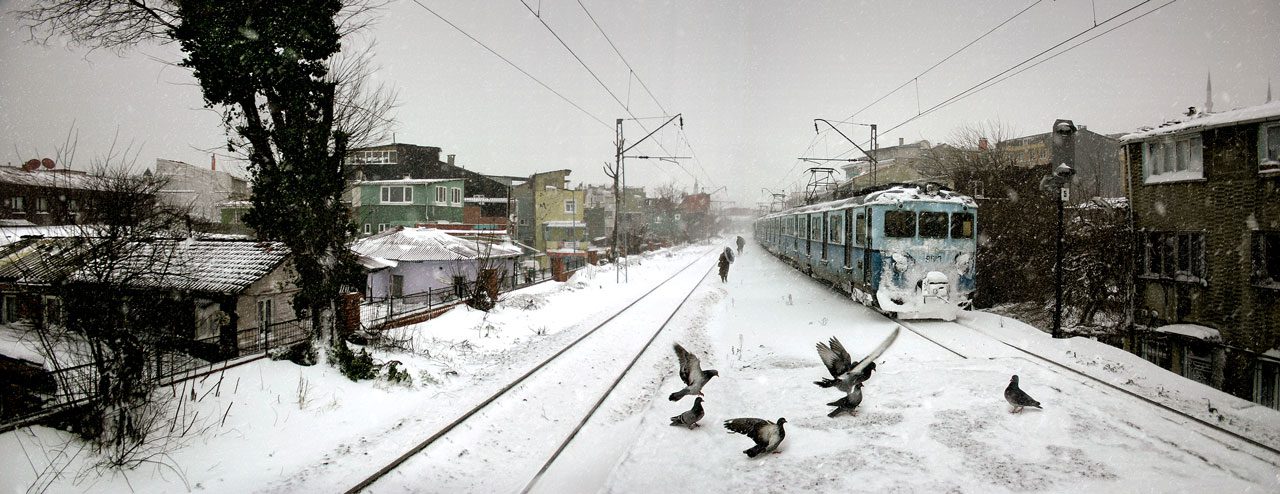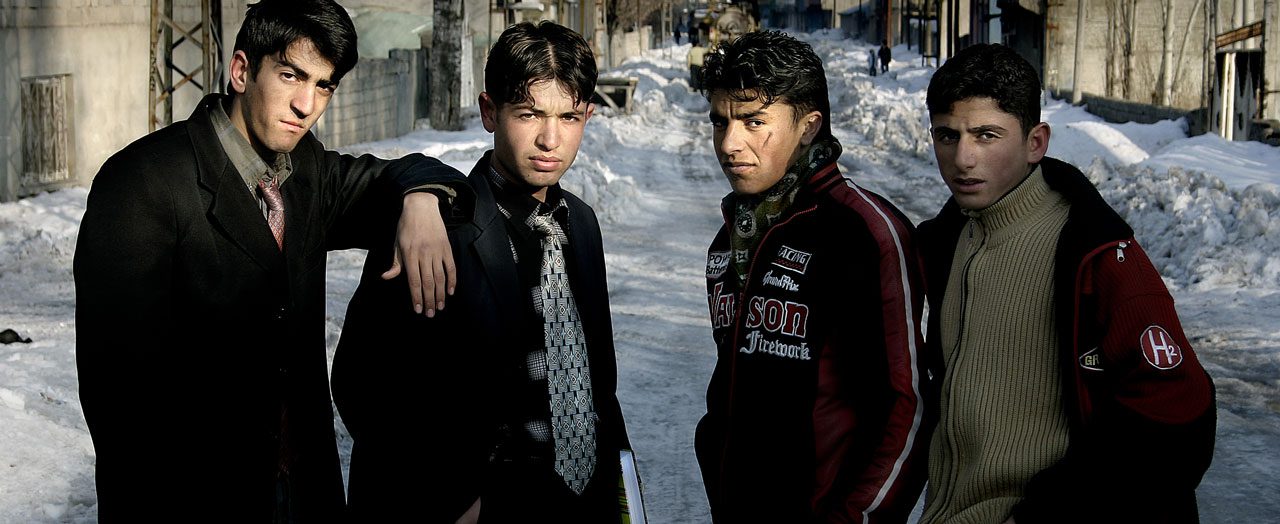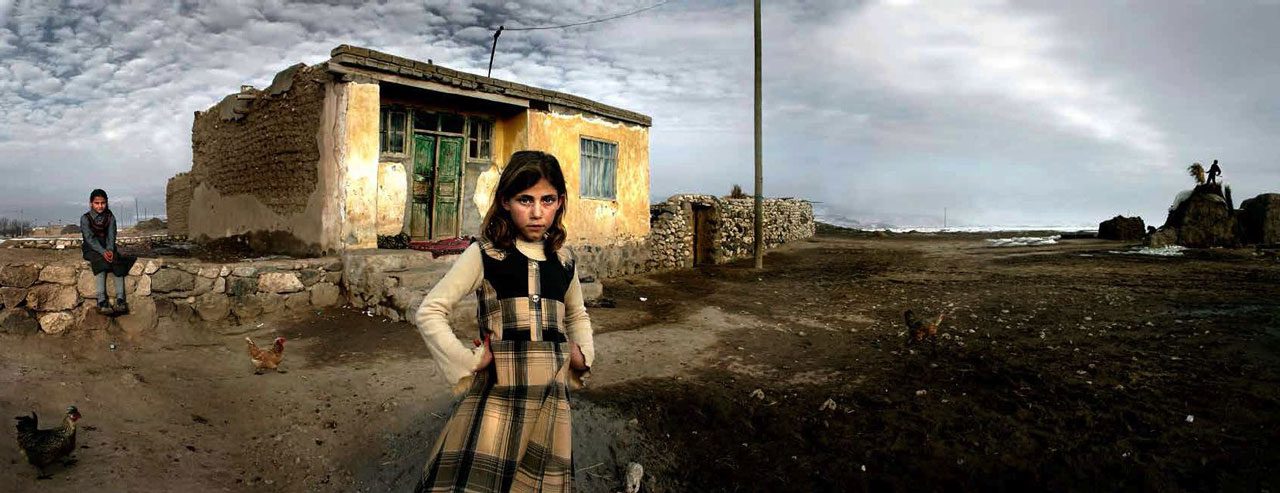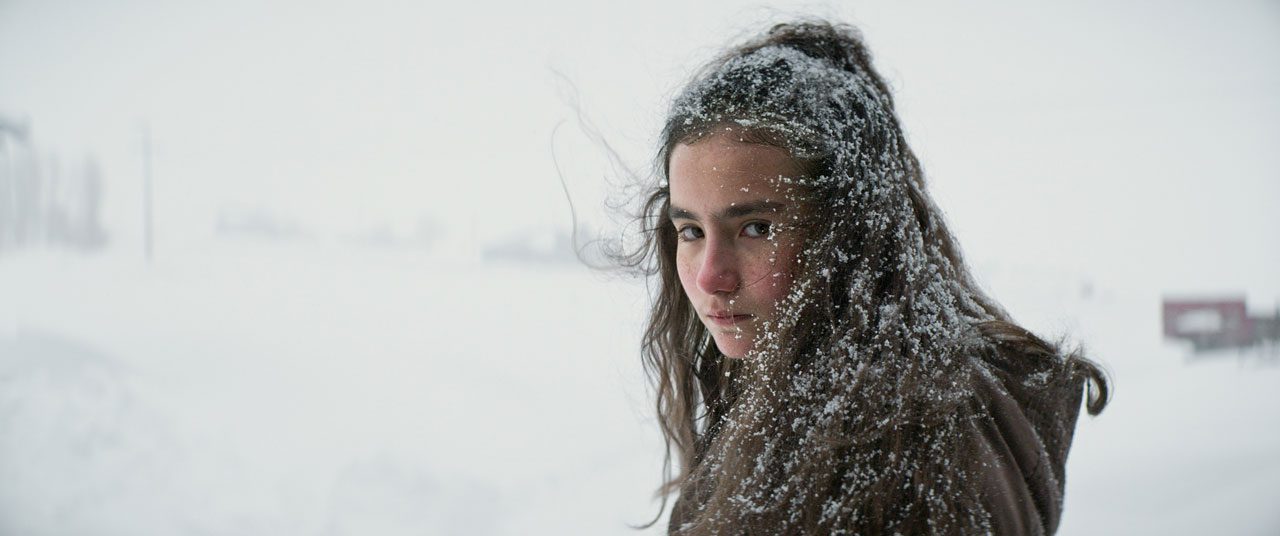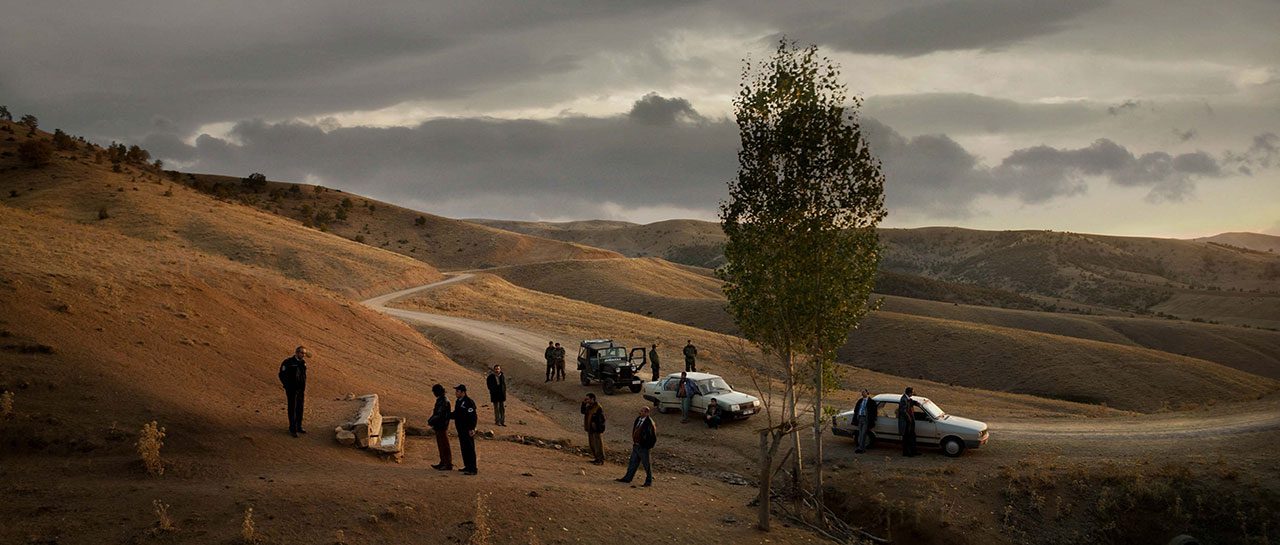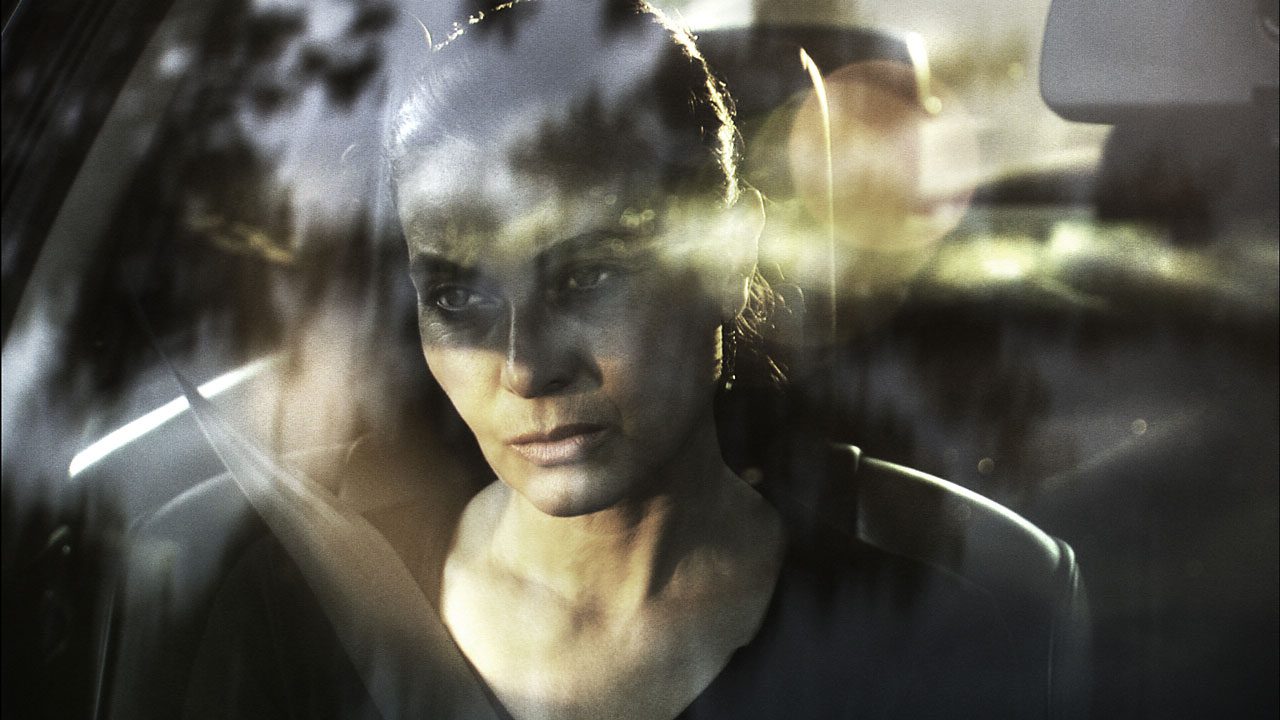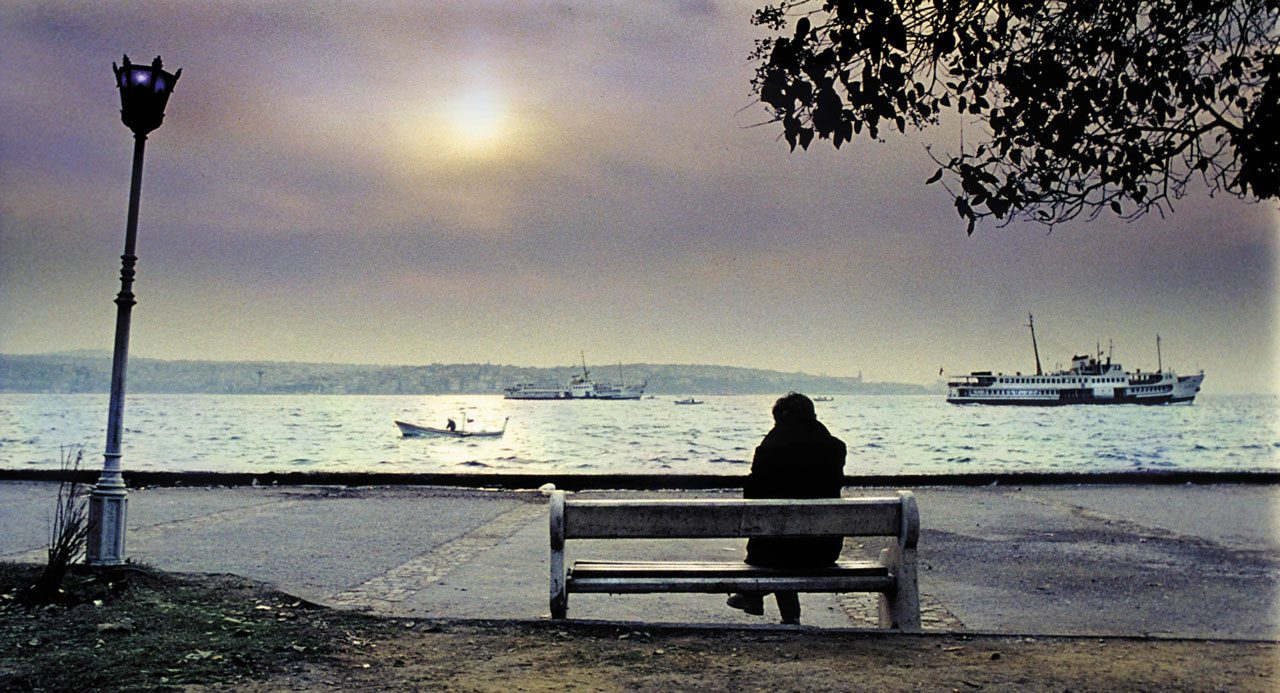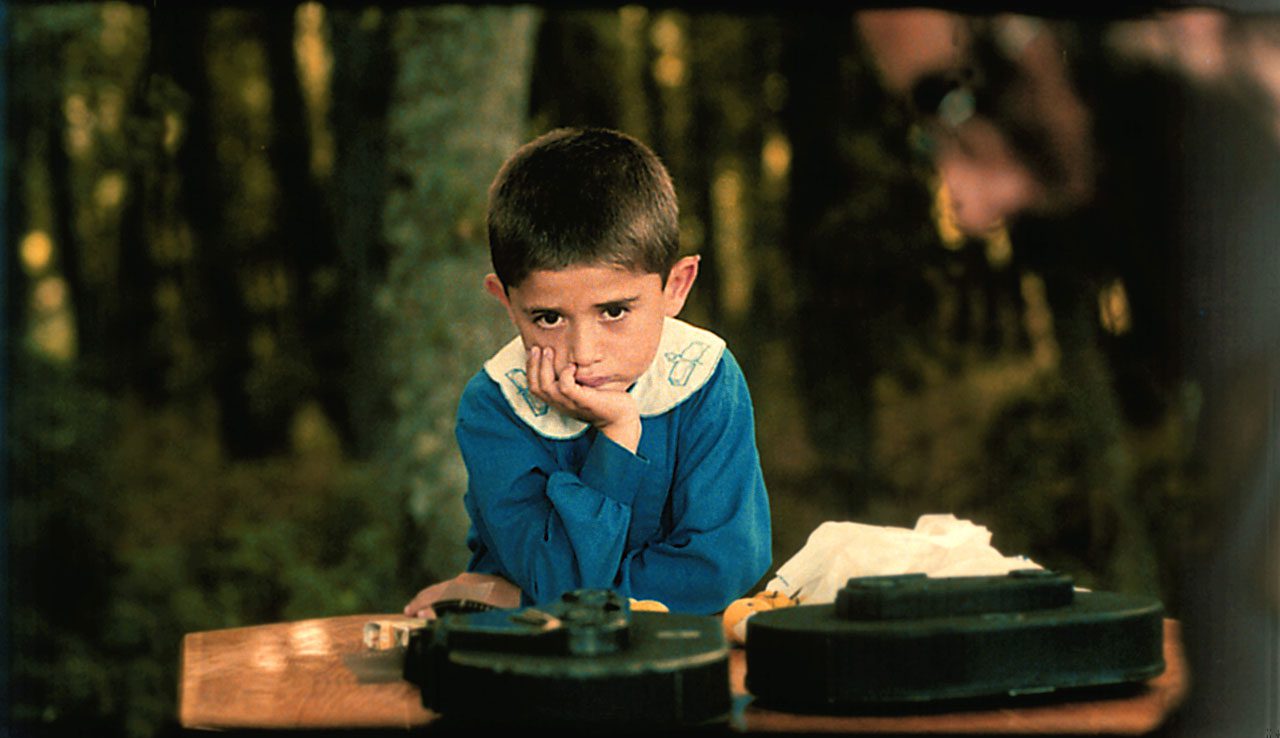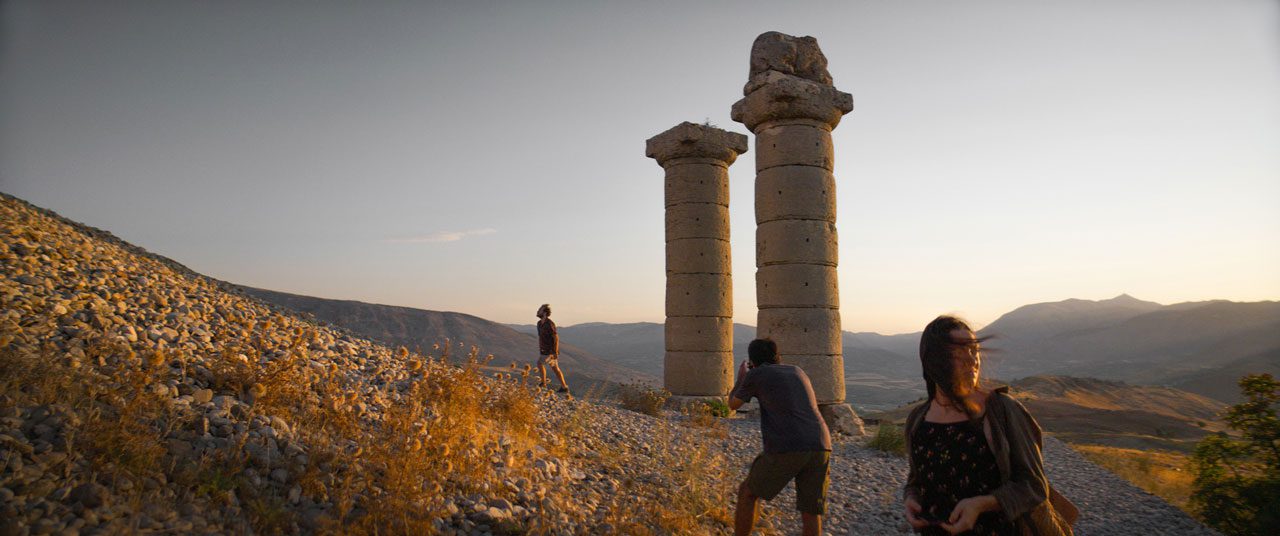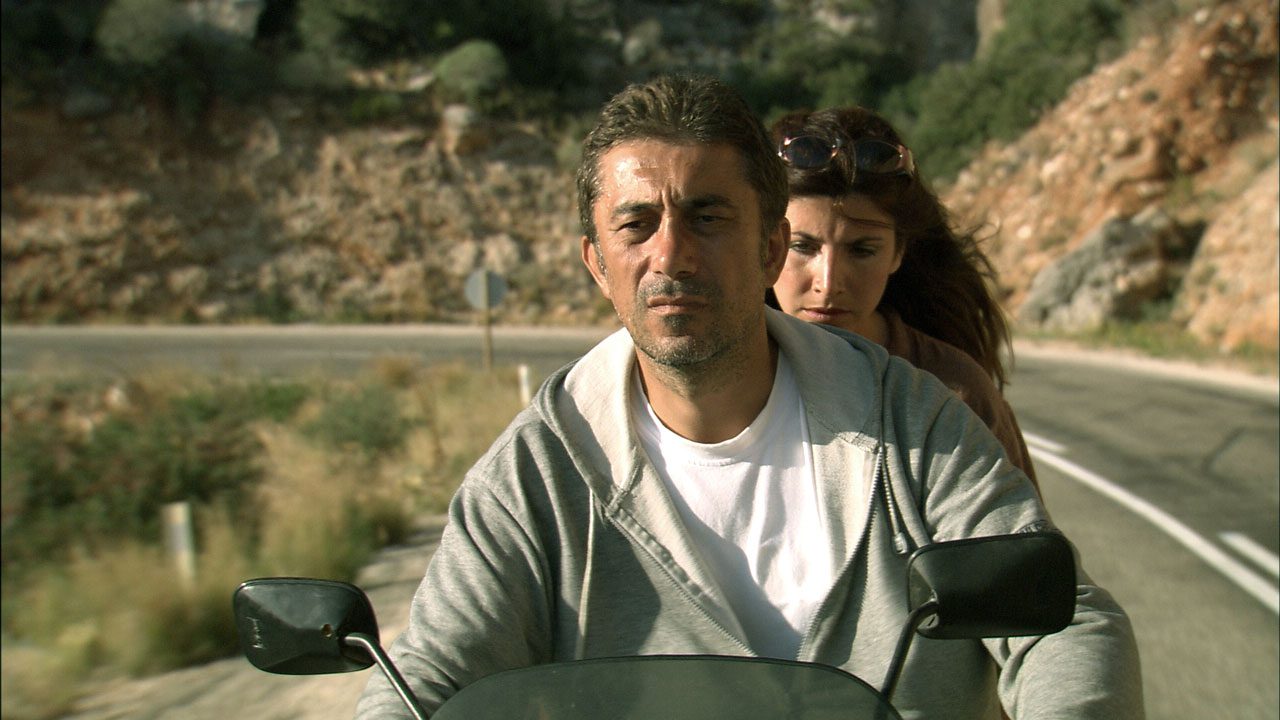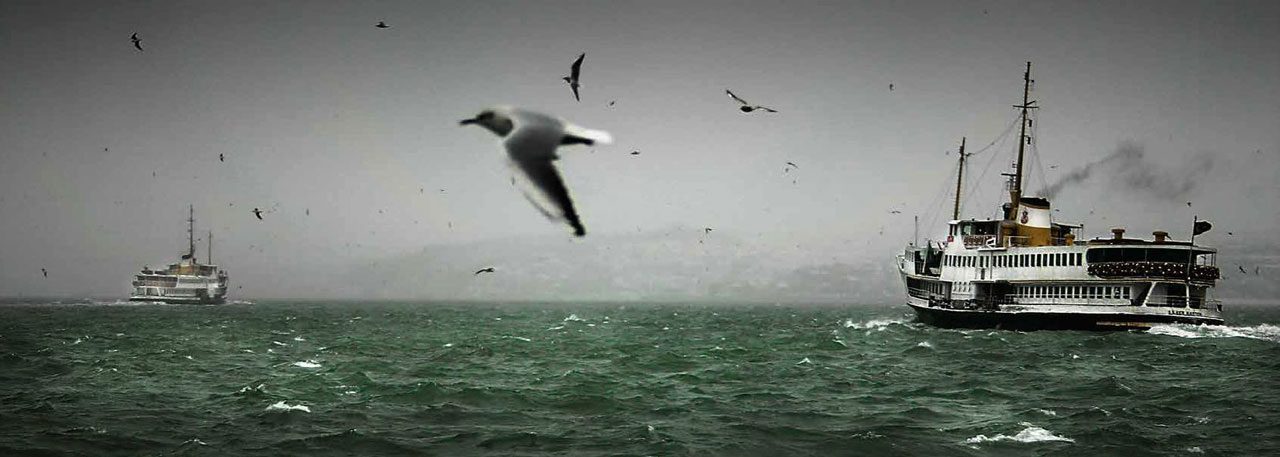PRESENTATION: Nuri Bilge Ceylan-Inner Landscapes
Nuri Bilge Ceylan is a renowned Turkish filmmaker, screenwriter, and photographer, celebrated for his minimalist and visually striking films that explore existential themes, human relationships, and the complexities of modern life. Widely regarded as one of the most prominent figures in contemporary world cinema, Ceylan has received numerous accolades for his work, including the prestigious Palme d’Or.
By Dimitris Lempesis
Photo: Eye Filmmuseum Archive
Born in Istanbul in 1959, Nuri Bilge Ceylan spent his childhood in the countryside, a backdrop that deeply shaped his artistic vision. Known for his literary approach to cinematography, Ceylan masterfully delves into the complexities of the human condition. His protagonists are authentic individuals who navigate personal struggles, seeking meaningful connections and learning to overcome loneliness and communication challenges. Although his films touch on the universal, they are inextricably rooted in recent Turkish history and its myriad contrasts: between city and countryside, religion and secularism, intellectual and working-class environments, rich and poor, individualism and collectivism. “Inner Landscapes” is the first Dutch exhibition dedicated to celebrated Turkish filmmaker and photographer Nuri Bilge Ceylan. For the first time, his films are presented alongside his “Turkey Cinemascope” photo series (2003–2012). Ceylan started his career as a photographer. He effortlessly combines the art forms of film and photography in a captivating manner. He frequently delves into the contrast between moving and still images, with his large-format Cinemascope photographs capturing a distinctly cinematic essence. The combination of photos and films showcases Ceylan’s masterful photographic eye and his exceptional sense of mise-en-scène, light, and composition. Together, they bring his universal themes to the surface: alienation, the search for meaning, and the essence of life itself. Nuri Bilge Ceylan is renowned for his literary cinematic style, where he explores the human condition with compelling depth. His distinctive visual language—characterised by wide shots, long takes and minimal camera movement—invites viewers to focus on subtle details in landscapes and dialogues that reveal the inner lives of his characters and their environments. Although his films touch on the universal, they are inextricably rooted in recent Turkish history and its myriad contrasts: urban versus rural, religious versus secular, highly educated versus less formally educated, rich versus poor, male versus female, and individual versus collective. The protagonists in Ceylan’s films are not traditional heroes but individuals grappling with loneliness, failed relationships, and an inability to express their emotions. Many have left the countryside for the city, seeking a better life, only to find themselves confronted with urban indifference and alienation. Conversely, city dwellers who return to their rural roots, often as teachers in distant provinces, face conflicts with the customs and narrow-minded attitudes of the countryside, which no longer align with their worldview. Landscapes hold a pivotal role in Ceylan’s films. More than mere backdrops, they mirror and shape his characters’ inner worlds, whether it’s a bustling Istanbul cityscape or a sweeping Anatolian plain. Through these settings, Ceylan invites us to reflect on the essence of human existence, blending existential musings with silences rich in meaning.
“Cocoon” (1995): Due to some painful experiences of their past, an old couple at their seventies live separately. One day they come together again. But the meeting which they hope will heal the lingering pain doesn’t give the expected results. “The Small Town” (1997): Told from the perspective of two children, and in four parts which run parallel to seasons, KASABA describes relationships between members of a Turkish family in a small town. The first part is in a primary school where the family’s 11 year old doughter is a pupil. It shows the social environment to which she has to adopt, and its difficulties. She faces with her feeling of shame and some merciless clues of life… The second part is in spring. We see the girl with her brother, who is four years younger, and their journey to the corn field where their family are waiting for them. As they pass through the countryside, they encounter the mysteries of nature and wildlife… In the third part the brother and sister witness the complexities and darkness of the adult world… The fourth part takes place at home. This is a tranquil sequence moving between reality and dream. “Clouds of May” (1999): This May in the town seems to be warmer and gloomier than the previous years. Still, everyone seems to be happy despite their small worries and lives closed for any surprises. However, this happiness is a little disturbed by the arrival of Muzaffer who has made up his mind to shoot a film in this town where he had passed his childhood. “Clouds of May” tells the story of Muzaffer, who returns to his native town to make a movie. His father, Emin, is bent on saving the small forest he cultivates on his property from confiscation by the authorities. His nephew, nine year-old Ali, who wants a musical watch. He has to carry an egg in his pocket for 40 days without cracking it, according to terms of an agreement made with his aunt, who has promised in return to convince Ali’s father to purchase this much wanted item for his son. And Muzaffer’s cousin, Saffet, who is a young town dweller whose affords are all doomed to failure by bad luck (or is it by his own rebelliousness) and who dreams of going to Istanbul. “Distant” (2002): A photographer who is haunted by the feeling that the gap between his life and his ideals is growing finds himself obliged to put up in his apartment a young relative who has left behind his village looking for a job aboard a ship in Istanbul to go abroad. “Climates” (2006): Man was made to be happy for simple reasons and unhappy for even simpler ones – just as he is born for simple reasons and dies for even simpler ones… Isa and Bahar are two lonely figures dragged through the ever-changing climate of their inner selves in pursuit of a happiness that no longer belongs to them. “Three Monkeys” (2008): A family dislocated when small failings blow up into extravagant lies battles against the odds to stay together by covering up the truth… In order to avoid hardship and responsibilities that would otherwise be impossible to endure, the family chooses to ignore the truth, not to see, hear or talk about it. But does playing “Three Monkeys” invalidate the truth of its existence? “Once Upon A Time in Anatolia” (2011): Life in a small town is akin to journeying in the middle of the steppes: the sense that “something new and different” will spring up behind every hill, but always unerringly similar, tapering, vanishing or lingering monotonous roads… “Winter Sleep” (2014): Aydin, a former actor, runs a small hotel in central Anatolia with his young wife Nihal with whom he has a stormy relationship and his sister Necla who is suffering from her recent divorce. In winter as the snow begins to fall, the hotel turns into a shelter but also an inescapable place that fuels their animosities… “The Wild Pear Tree” (2018): For some, the countryside is a place of exile where all hopes ultimately merge with solitude. A boundless place of exile where all hopes and dreams merge with despair like the coinciding destinies of fathers and sons… “About Dry Grasses” (2023): The film follows Samet, a young teacher, who is finishing his fourth year of compulsory service in a remote village in Anatolia. When some events happen to him that he finds difficult to make sense of, he loses his hopes of escaping the grim life he seems to be stuck in. But his meeting with Nuray, herself a teacher, may help him overcome his angst…
Photo: Nuri Bilge Ceylan, Bogaz’da Gemiler Ships in the Bosphorus, Istanbul, 2004, © Nuri Bilge Ceylan, Courtesy the artist and Dirimart
Info: Eye Filmmuseum, IJpromenade 1, Amsterdam, The Netherlands, Duration: 18/1-1/6/2025, Days & Hours: Daily 10:00-19:00, www.eyefilm.nl/
